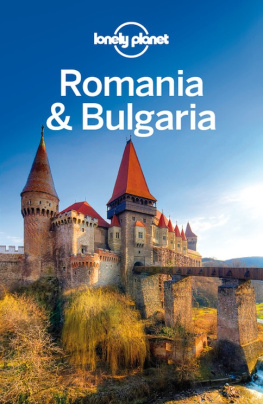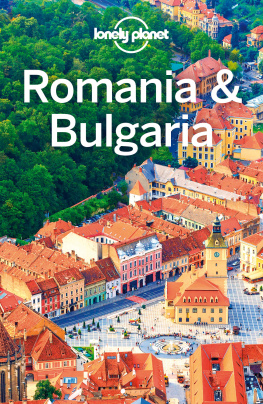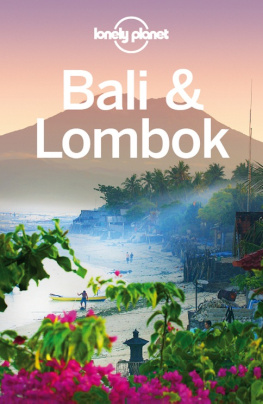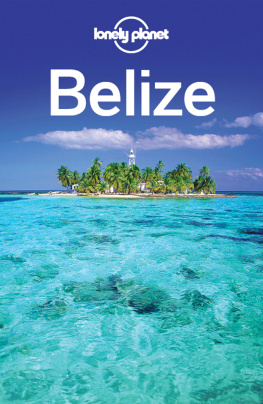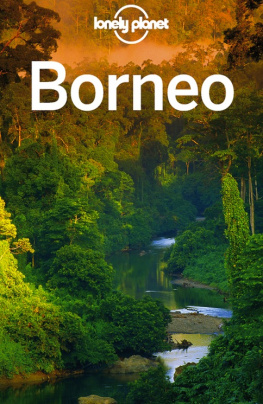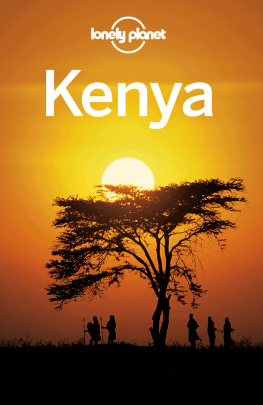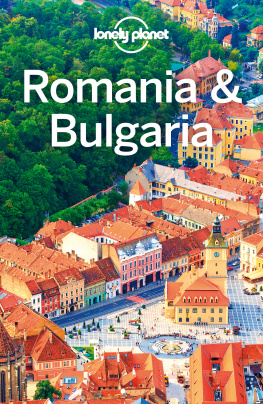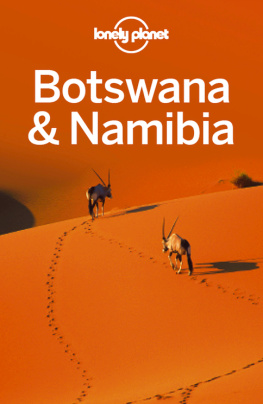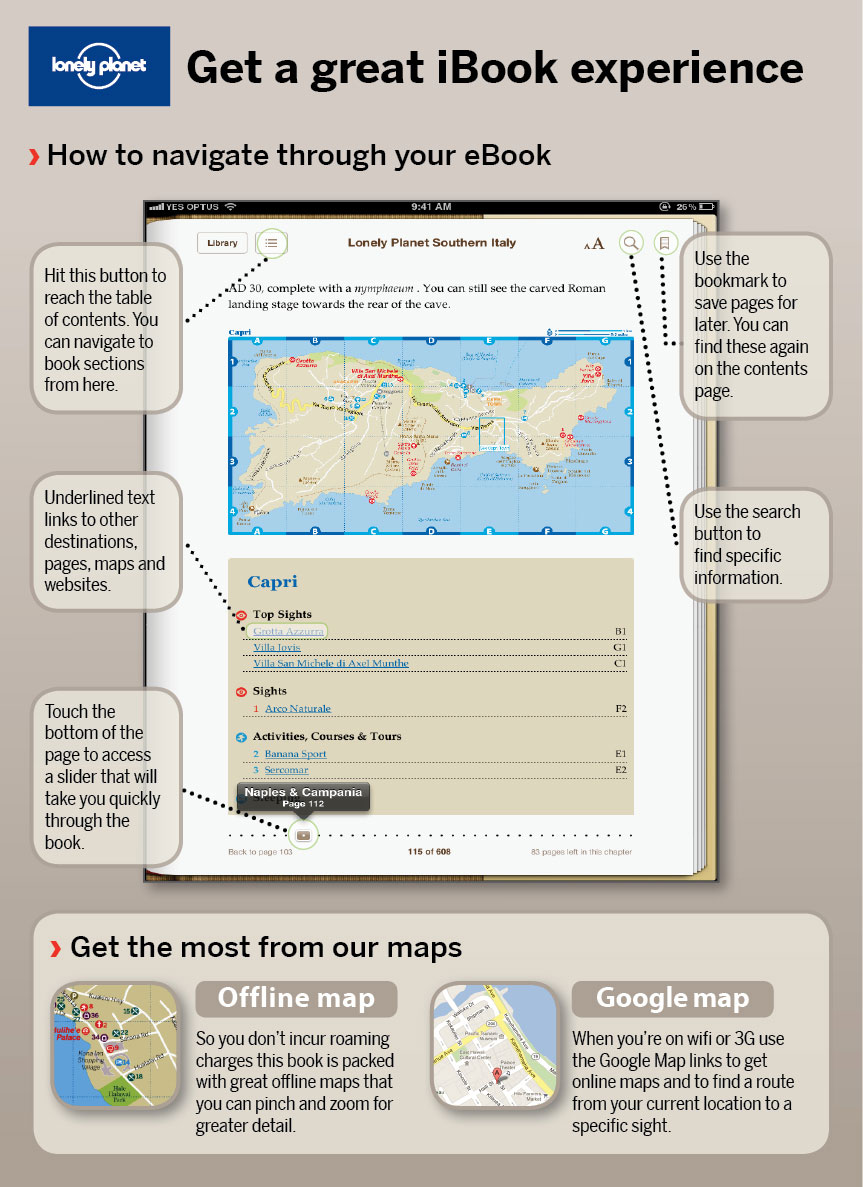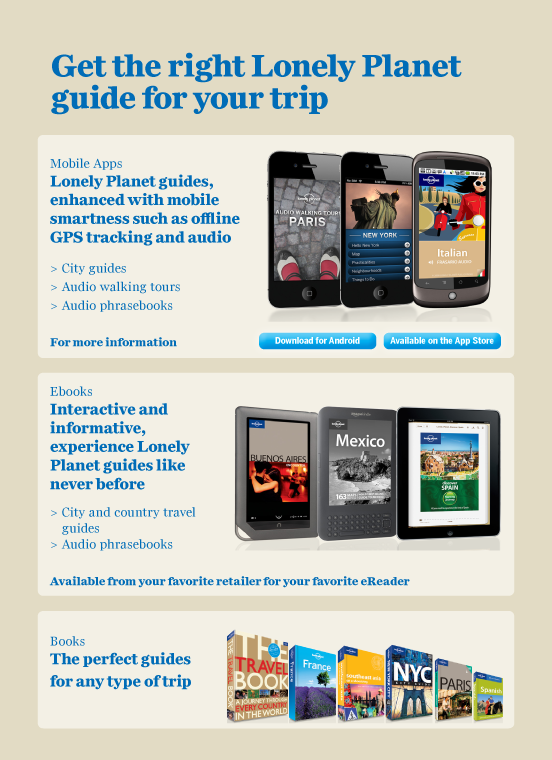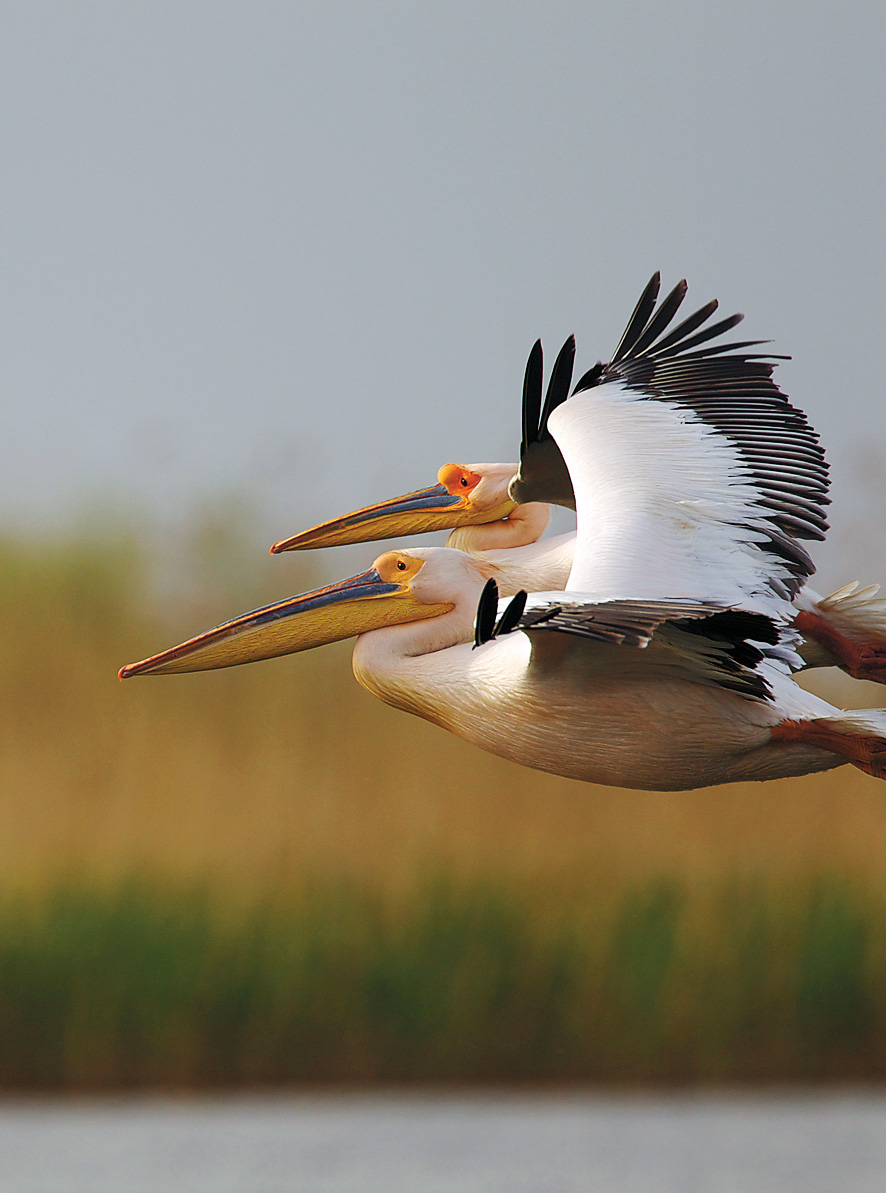GETTING THE MOST OUT OF LONELY PLANET MAPS
E-reader devices vary in their ability to show our maps. To get the most out of the maps in this guide, use the zoom function on your device. Or, visit http://media.lonelyplanet.com/ebookmaps and grab a PDF download or print out all the maps in this guide.
welcome to Romania
Fortified churches and painted monasteries stand regally amid a pristine landscape. In the cities, former Saxon settlements such as Sibiu and Braov ooze charm, while vibrant Bucharest is all energy.

Moldovia Monastery ()
PAUL BIRIS / GETTY IMAGES
Natural Beauty
The Carpathian Mountains draw a wide arc through the centre of the country, leaving a swath of exposed rocky peaks surrounded by groves of pine and deciduous trees, and stretches of bright green meadow below. Hiking trails skirt the peaks, and a network of mountain huts provides somewhere to rest your head at night. Europes second-longest river, the Danube, marks Romanias southern border before turning suddenly northward and emptying into the Black Sea. The Danube Delta is a vast and unique protected wetland, perfect for hiking, fishing, boating and birdwatching.
Castles & Medieval Villages
The land that gave us Dracula has no shortage of jaw-dropping castles pitched precariously on rocky hilltops. Theres spooky Bran Castle of course, with its spurious connection to Bram Stokers fictional count, but dont overlook beauties such as Hunedoaras 14th-century Corvin Castle or King Carol Is sumptuous 19th-century pile, Pele Castle. North of Curtea de Arge, youll find the ruins of a fortress that really was the stomping ground of old Vlad epe. In Maramure youll discover towns and villages that seemingly stepped out of the Middle Ages, complete with hay racks, horse carts and stately wooden churches.
Folk Culture
Romanian history is filled with tales of heroic princes battling fierce Ottoman warriors. Thats all true, but it partly obscures the reality that much of Romania, for centuries, was a productive peasant culture. The hilly geography and lack of passable roads necessitated the emergence of literally hundreds of self-sufficient villages, where old-school crafts such as bread making, pottery, tanning and weaving were honed to an art. These days much of the country has moved on to more modern methods, but a fondness for that simpler way of life persists. Folk museums, particularly open-air skansens, are a must. In smaller villages, many old folkways are still practised.
Friendly Faces
A country is only as good as its people, and youll find Romanians in every region to be open, friendly, proud of their history and eager to share it with visitors. While tourism is growing, Romania is still considered something of an off-the-beaten-track destination for foreigners, and youll get kudos from the locals just for showing up. While Romanians themselves decry what they see as the brashness, even rudeness, of their countrypeople in Bucharest, even there youll discover plenty of friendly faces and impromptu drinking buddies if you make the effort.
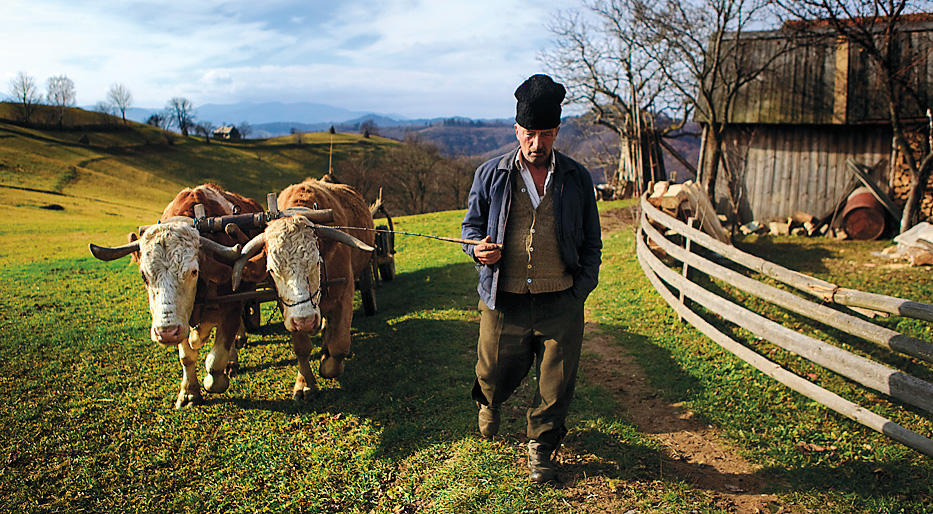
Romanian man, Transylvania ()
MITCHELL KANASHKEVICH / GETTY IMAGES
Hiking in the Carpathians
Dense primeval forests that leap straight from the pages of a Brothers Grimm story, with bears, wolves, lynx and boar, rugged mountain plateaus, well-marked trails and a network of cabins en route to keep you warm. Hiking is the best way to absorb this vibrant landscape () of forests and rolling pastureland. There are also some terrific guides out there to lead you to the best that Romania has to offer; be it bear watching, birdwatching, homestays or hikes.
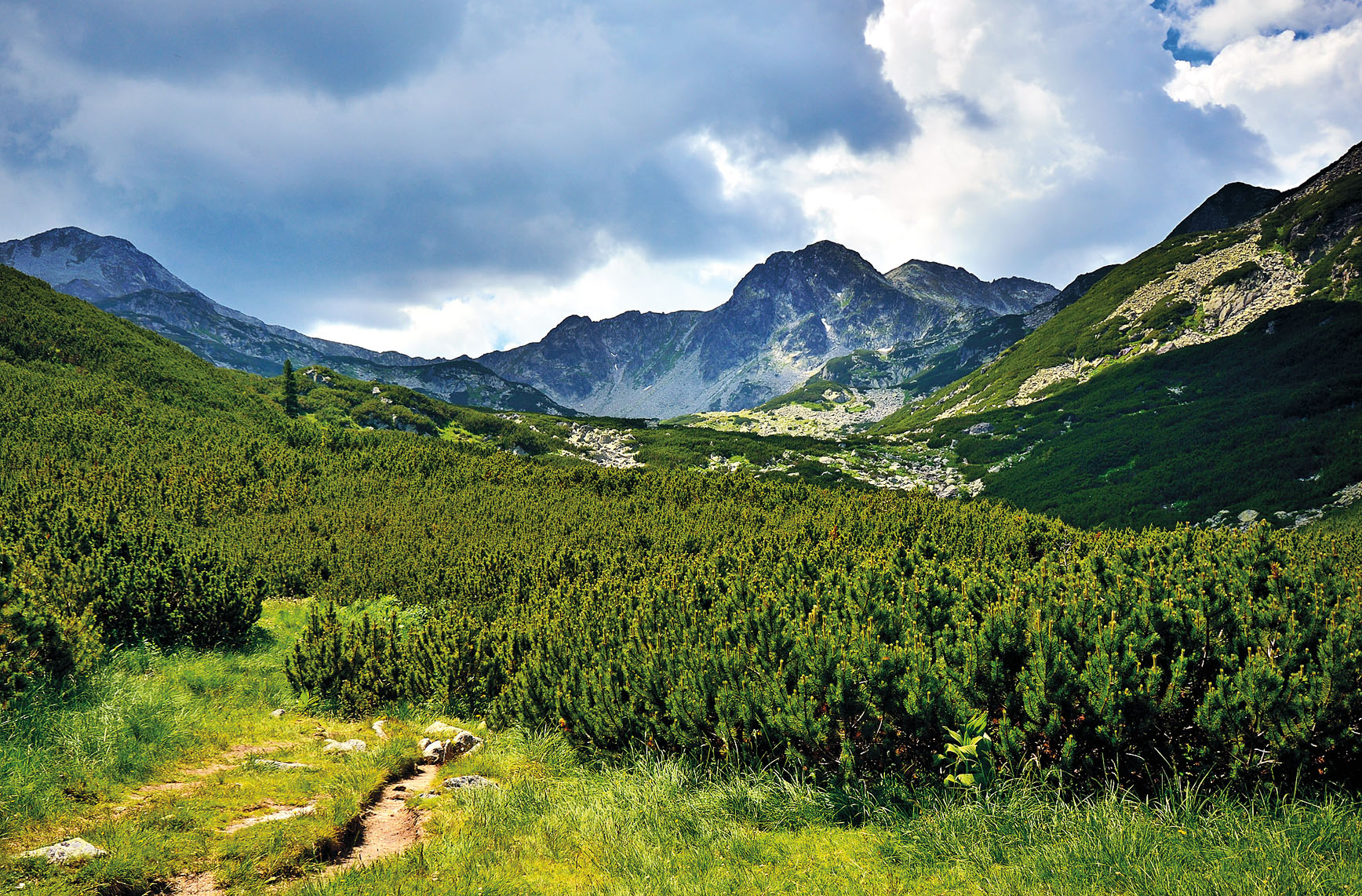
USABIN / GETTY IMAGES
Bulgarias Black Sea Beaches
Whether youre looking for all-day tanning, all-night clubbing, or something a little more discrete and relaxing, youre sure to find some patch of sand to your liking along Bulgarias Black Sea coast. Away from the big, brash package resorts, youll come across charming seaside towns standing above smaller sandy coves, while the cities of Varna () both have lengthy, less-crowded urban beaches. If its solitude you seek, head for the more remote beaches to the far north and south.
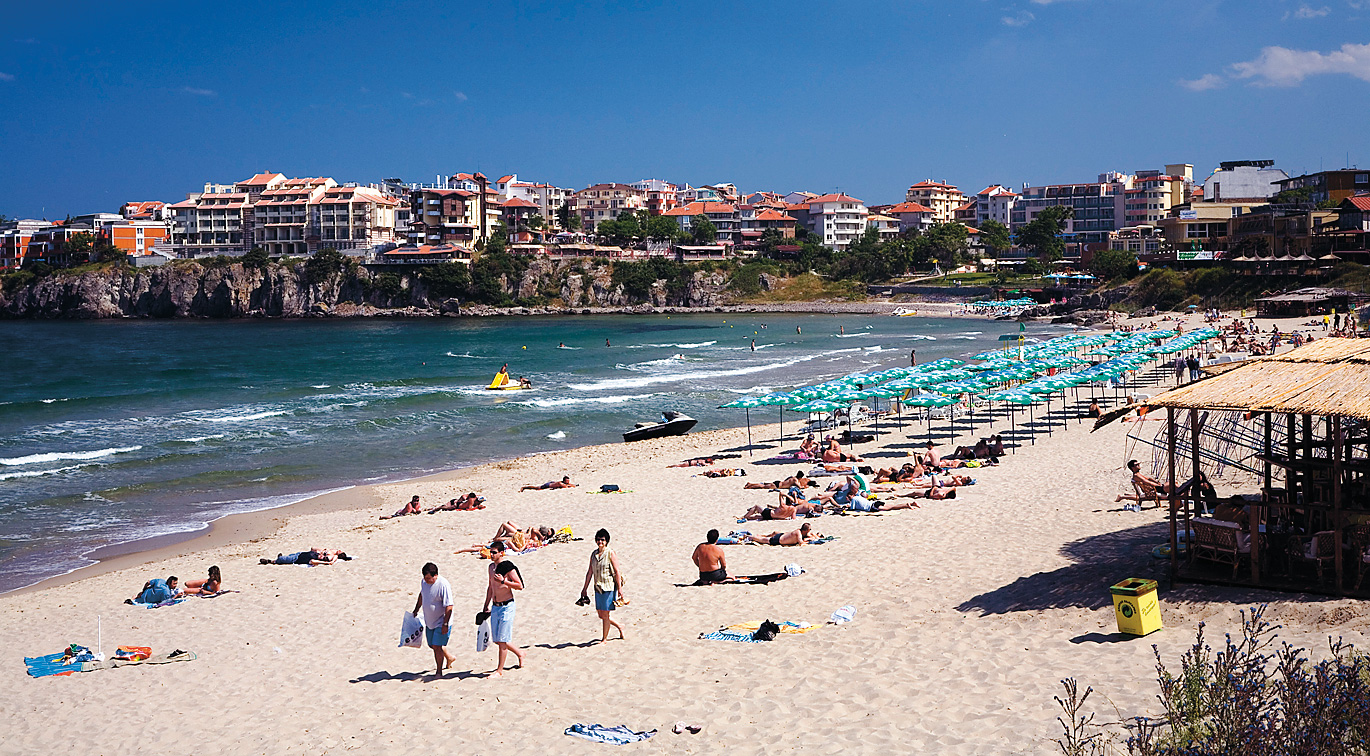
KONRAD WOTHE / GETTY IMAGES
Rila Monastery
Set peacefully in a forested valley south of Sofia, Rila Monastery () is Bulgarias biggest and most storied spiritual treasure; a former centre of learning and culture that kept national spirits up during the Ottoman occupation. A Unesco World Heritage site since 1983, the monastery grew from a 10th-century hermits hut, and has been rebuilt many times since. Its elaborate arches and precious frescoes and icons create a sublime and sumptuous atmosphere. Todays architectural incarnation of the monastery is considered a masterpiece of 19th-century Bulgarian Renaissance.
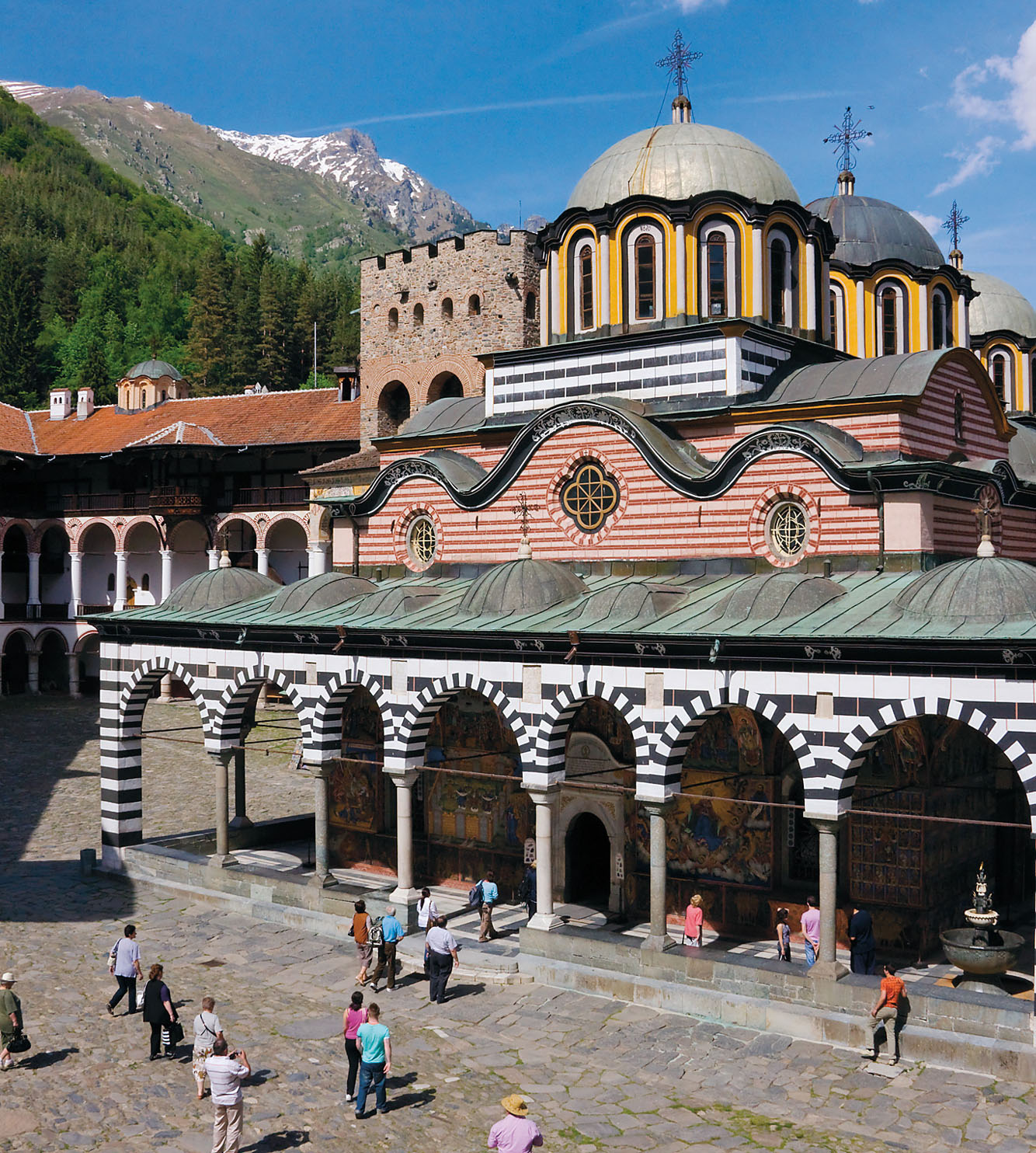
KEREN SU / GETTY IMAGES
Painted Monasteries of Bucovina
Tucked in the Carpathian foothills, the Unesco-listed painted monasteries of Bucovina proudly show off Romanias unique, Latin-flavoured Orthodox tradition. The churches are at one with their natural surroundings and the dizzying kaleidoscope of colours and intricate details in the frescoes bring to life everything from biblical stories to the 15th-century siege of Constantinople. The monasteries are the genius of Moldavian Prince Stephen the Great (tefan cel Mare), who was later canonised for his works.

Sucevia Monastery ()
DIANA MAYFIELD / GETTY IMAGES
Wildlife in the Danube Delta
After flowing some 2800km across the European continent, the mighty Danube River passes through a vast expanse of remote wetland in eastern Romania the delta before finally emptying into the Black Sea. Under international environmental protection, the region () has developed into a sanctuary for fish and fowl of all stripe and colour. Birders, in particular, will thrill to the prospect of glimpsing species such as the roller, white-tailed eagle, great white egret, mute and whooper swans, falcon, and even a bee-eater or two.

